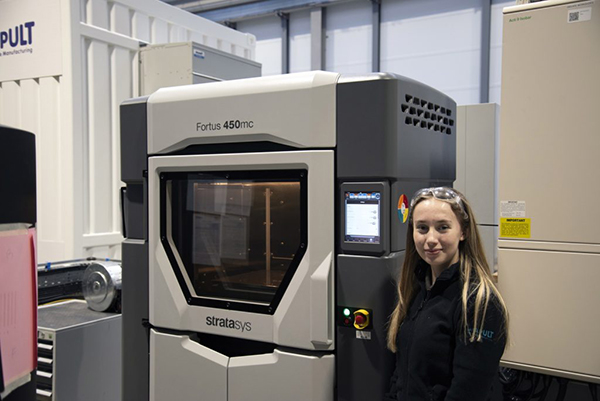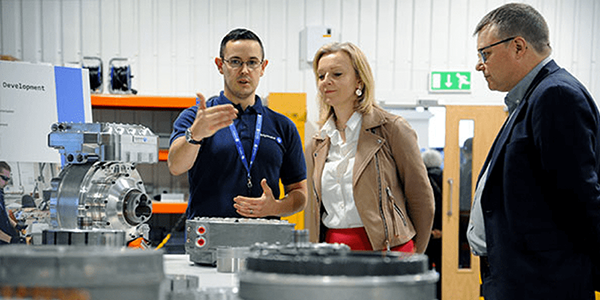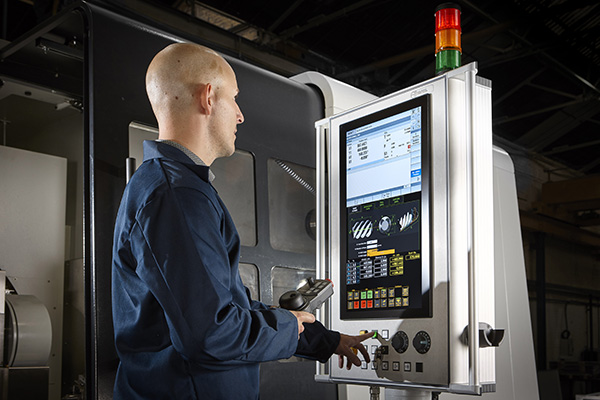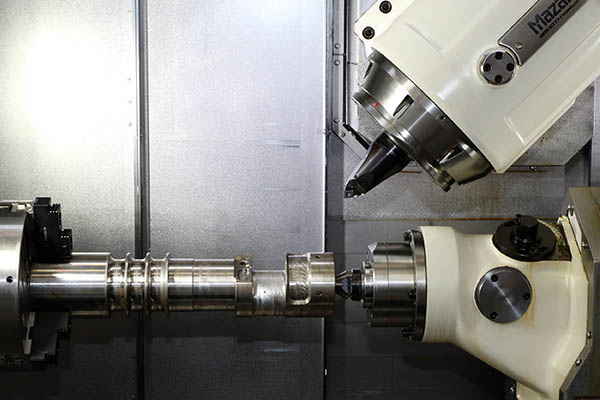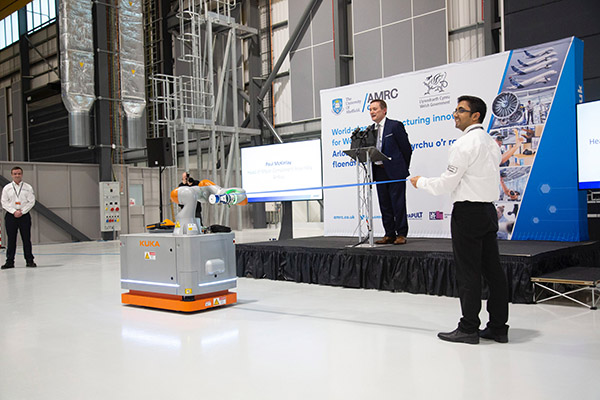The Manufacturing Technology Centre (MTC) has expanded its additive manufacturing portfolio by investing in an FDM-based Fortus 450mc 3D printer.

According to the MTC, the addition strengthens its capability to meet more demanding production applications for UK manufacturers and develop innovative solutions geared towards driving increased productivity and profitability.
After announcing an official partnership with Stratasys in 2017, the MTC has been utilising the latest 3D printing technology to support customers’ manufacturing needs and objectives, which include engineering tooling and complex end-use parts. The Fortus 450mc installation complements the MTC’s existing stable of Stratasys PolyJet solutions, which comprises full-colour,
multi-material J-Series 3D printing technology, as well as a large-scale Objet1000.
For further information www.stratasys.com






